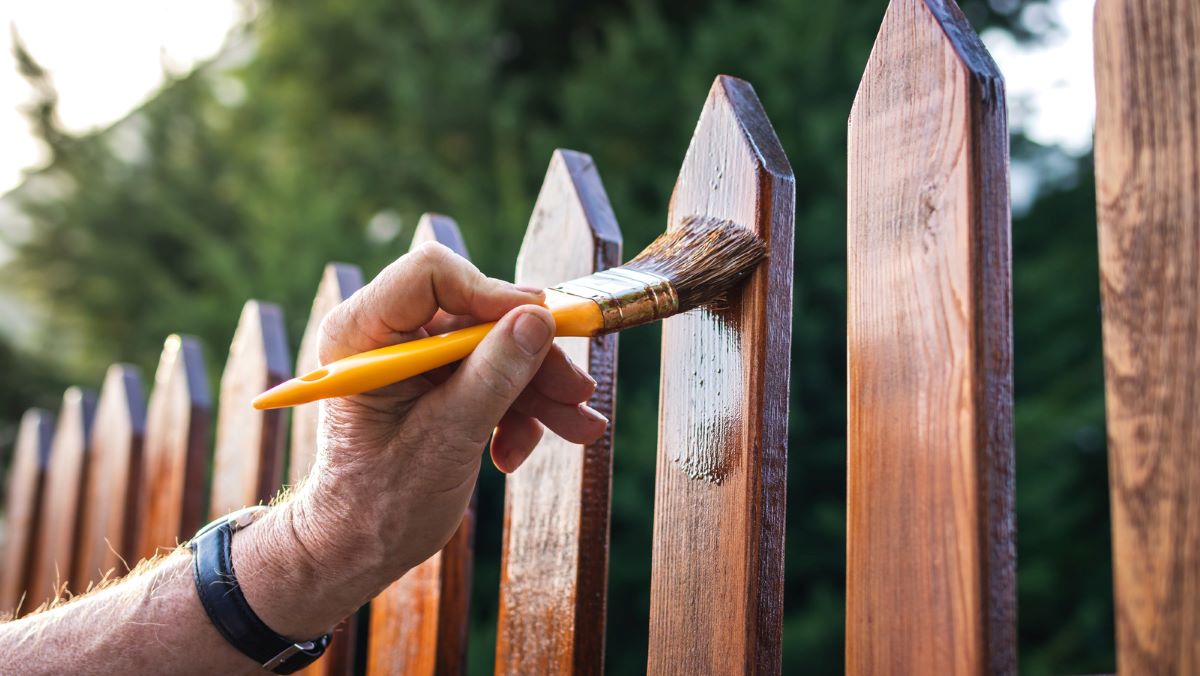

Articles
How Long For Fence Stain To Dry
Modified: December 7, 2023
Discover how long it takes for fence stain to dry. Read our informative articles for tips and guidance on the drying process.
(Many of the links in this article redirect to a specific reviewed product. Your purchase of these products through affiliate links helps to generate commission for Storables.com, at no extra cost. Learn more)
Introduction
When it comes to protecting and enhancing the appearance of your fence, choosing the right stain is crucial. However, applying the stain is only part of the process. Allowing the stain to properly dry is equally important. While the drying time can vary depending on several factors, it is essential to understand the optimal conditions for the stain to dry effectively.
In this article, we will explore the various factors that influence the drying time of fence stain, including the type of stain used, environmental conditions, and the application method. By understanding these factors, you will be able to ensure that your fence stain dries thoroughly and achieves the desired results.
So, let’s dive in and discover how long it takes for fence stain to dry and the key factors that affect the drying time.
Key Takeaways:
- Understanding the type of fence stain, environmental conditions, and application method is crucial for estimating the drying time accurately and achieving optimal results.
- Patience is key when allowing fence stain to dry. Perform simple touch tests and follow manufacturer’s guidelines to ensure the stain is fully dried and ready to withstand the elements.
Factors Affecting Drying Time
Several factors play a role in the drying time of fence stain. Understanding these factors will help you plan and optimize the staining process. Here are the main factors that can affect the drying time:
- Type of Fence Stain Used: The type of fence stain you choose will greatly impact the drying time. Oil-based stains tend to take longer to dry compared to water-based stains. This is because oil-based stains contain solvents that need time to evaporate. On the other hand, water-based stains dry relatively quickly as they rely on water evaporation rather than the evaporation of solvents.
- Environmental Conditions: The surrounding environment can significantly influence the drying time of fence stain. Factors such as temperature, humidity, and air circulation play a crucial role. High temperatures and low humidity levels typically result in faster drying times, while cooler temperatures and high humidity can prolong the drying process. Additionally, good air circulation can help speed up the drying time by aiding in evaporation.
- Application Method: The method you use to apply the fence stain can impact the drying time. Spraying the stain generally leads to faster drying as it provides a thinner and more even coat. Alternatively, brushing or rolling the stain may result in a thicker coat, which can extend the drying time. Furthermore, applying multiple coats or using excessive amounts of stain can also increase the drying time.
It is crucial to take these factors into account when planning your fence staining project. By considering the type of stain, environmental conditions, and application method, you can estimate the drying time accurately and ensure optimal results.
Type of Fence Stain Used
When it comes to fence stains, there are two primary types to choose from: oil-based stains and water-based stains. Understanding the characteristics and drying time of each type will help you make an informed decision for your fence staining project.
Oil-Based Stains: Oil-based stains are made from a mixture of natural or synthetic oils and pigments. These stains are known for their durability and ability to penetrate deep into the wood, providing excellent protection against moisture and UV rays. However, one drawback of oil-based stains is that they tend to take longer to dry compared to water-based stains. This is because the oils in the stain require time to evaporate, leaving behind a protective layer on the wood surface.
Water-Based Stains: Water-based stains, as the name suggests, are formulated using mostly water, along with pigments and a binding agent. These stains offer several advantages, including faster drying times, easier cleanup, and lower odor compared to oil-based stains. Water-based stains dry through the process of water evaporation, allowing them to dry relatively quickly. They are also available in a wide range of colors, making them a popular choice for many homeowners.
When choosing the type of fence stain, consider the specific needs of your project. If quick drying time is essential or if you prefer easier cleanup, a water-based stain may be the better option. However, if durability and deep penetration are your top priorities, an oil-based stain might be the way to go, even if it requires a longer drying time.
It’s important to carefully read and follow the manufacturer’s instructions for the specific fence stain you choose. These instructions will provide guidance on the recommended drying time, as well as any additional steps or precautions to ensure proper application and drying.
Environmental Conditions
Environmental conditions play a significant role in the drying time of fence stain. Factors such as temperature, humidity, and air circulation can greatly impact how quickly the stain dries. Here’s a closer look at each of these factors:
Temperature: The temperature of the surrounding environment can affect the evaporation rate of the solvents or water in the stain. Generally, higher temperatures facilitate faster drying, as they increase the rate of evaporation. However, extremely high temperatures can cause the stain to dry too quickly, leading to an uneven or blotchy finish. On the other hand, colder temperatures can significantly lengthen the drying time. It’s important to check the recommended temperature range specified by the stain manufacturer for optimal drying results.
Humidity: Humidity levels in the air can affect the drying time of fence stain. High humidity slows down the evaporation process and can prolong the drying time. In areas with high humidity, consider choosing a stain with a faster drying formula or plan your staining project for a time when humidity levels are lower. Proper air circulation, such as using fans or opening windows, can also help reduce humidity and speed up the drying process.
Air Circulation: Good air circulation is essential for the proper drying of fence stain. Adequate air movement helps carry away the evaporating solvents or water from the stain, facilitating faster drying. Consider applying the stain on a day with a gentle breeze or using fans to improve air circulation. However, excessive wind can be detrimental, causing the stain to dry too quickly or creating uneven drying patterns.
It’s important to keep in mind that these environmental conditions can vary from location to location and throughout different seasons. Therefore, it is recommended to plan your staining project during the ideal weather conditions for faster and more effective drying of the fence stain.
Allow at least 24-48 hours for fence stain to dry completely before exposing it to any moisture or foot traffic. This will ensure a durable and long-lasting finish.
Application Method
The application method you choose can also affect the drying time of fence stain. Different application techniques can result in varying thickness and coverage, which in turn affects how long it takes for the stain to dry. Here are a few common application methods and their impact on drying time:
Spraying: Using a sprayer to apply the fence stain typically results in a thinner and more even coat. This thin layer dries relatively quickly since there is less stain to evaporate. Spraying also allows for faster coverage of larger areas, saving you time during the staining process.
Brushing: Applying the stain with a brush allows for more control and precision, but it can result in a thicker coat compared to spraying. Thicker coats take longer to dry since there is more stain that needs to evaporate. If you choose to brush the stain, pay close attention to the recommended drying time specified by the manufacturer to ensure thorough drying.
Rolling: Using a paint roller to apply the stain is a common method, especially for larger fence surfaces. Rolling can result in a moderately thick coating, slightly thicker than spraying. Similar to brushing, the drying time for rolled-on stain may be longer due to the increased thickness.
Regardless of the application method you choose, it is essential to follow the manufacturer’s instructions and recommendations. These guidelines will help you achieve the best results and ensure that the stain is applied evenly and dries properly.
It’s important to note that applying multiple coats or using excessive amounts of stain can also extend the drying time. The additional layers need more time to dry and harden before the fence can be fully utilized or exposed to outdoor elements. Be sure to follow the manufacturer’s instructions regarding the number of coats and the recommended drying time between each application.
By considering the application method, you can plan your staining project accordingly and estimate the drying time more accurately.
Read more: How To Spray Stain A Fence
Recommended Drying Time
The recommended drying time for fence stain can vary depending on several factors, such as the type of stain used, environmental conditions, and the application method. While it is crucial to refer to the specific instructions provided by the stain manufacturer, here are some general guidelines to consider:
Water-Based Stains: Water-based stains typically dry faster compared to oil-based stains. In optimal conditions, water-based stains can dry to the touch within 1-2 hours. However, it is important to note that the full curing process may take up to 24 hours or longer. For best results, avoid any contact or exposure to moisture or heavy use during this curing period.
Oil-Based Stains: Oil-based stains generally have a longer drying time compared to water-based stains. They can take anywhere from 6 to 24 hours to dry, depending on the environmental conditions and the thickness of the applied coat. It’s essential to allow sufficient drying time before exposing the fence to any form of moisture or physical stress to avoid damage to the stain.
It is crucial to remember that these timeframes are estimates and may vary based on factors such as temperature, humidity, and application thickness. It is always a good practice to check the stain manufacturer’s guidelines for the specific product you are using.
Additionally, keep in mind that the recommended drying time refers to the time it takes for the stain to dry to the touch. This does not necessarily indicate that the stain has fully cured. Curing time refers to the duration required for the stain to reach its optimal hardness and durability. It is generally advised to wait at least 24 hours or follow the stain manufacturer’s instructions before subjecting the fence to normal use or exposure to outdoor conditions.
By allowing the recommended drying and curing time for your chosen stain, you can ensure a long-lasting and well-protected fence that will withstand the test of time.
Testing Dryness of Fence Stain
It’s crucial to ensure that your fence stain is completely dry before exposing it to moisture, physical stress, or other elements. There are a few simple methods you can use to test the dryness of your fence stain:
Touch Test: One of the easiest ways to determine if the stain is dry is to lightly touch the surface with your finger. If the stain feels dry to the touch and doesn’t leave any residue on your finger, it is likely dried or close to being fully dried. However, exercise caution when using this method, as pressing too hard or rubbing the stain vigorously can disrupt the drying process or leave smudges on the surface.
Thumb Test: Another test you can perform is the thumb test. Gently press your thumb against an inconspicuous area of the stained fence. If the stain doesn’t transfer onto your thumb, it is most likely dry. However, if you notice any color transfer, it indicates that the stain is still wet and requires more time to dry.
Tackiness Test: Sometimes, the stain may feel dry to the touch but still have a tacky or sticky texture. To perform the tackiness test, touch the stain lightly with the back of your hand or fingers. If it feels sticky or leaves a residue on your hand, it is not yet fully dried. Give it more time to cure before subjecting it to any form of contact or exposure.
While these tests provide a general indication of dryness, it’s important to exercise caution and consider other factors such as environmental conditions and the type of stain used. Some stain formulations may take longer to dry and cure, regardless of the touch test results.
If you’re uncertain about the dryness of your fence stain or want to ensure accuracy, it’s always best to follow the recommended drying time provided by the stain manufacturer. This will minimize the risk of damage, smudging, or premature exposure to elements that could compromise the stain’s effectiveness.
Remember, patience is key when it comes to allowing your fence stain to fully dry. By performing these tests and following the manufacturer’s guidelines, you can ensure that your fence stain is dry and ready to withstand the elements.
Conclusion
Determining the drying time of fence stain is crucial to ensure the effectiveness and longevity of your staining project. Various factors, including the type of stain used, environmental conditions, application method, and recommended drying time, all play a role in achieving optimal results.
Choosing the right type of stain, whether oil-based or water-based, is the first step in determining the drying time. Understanding the characteristics of each type and considering factors such as durability, penetration, and drying speed will guide your decision-making process.
Environmental conditions, such as temperature, humidity, and air circulation, also significantly impact the drying time. Higher temperatures and lower humidity levels generally promote faster drying, while cooler temperatures and high humidity can prolong the process. Ensuring good air circulation helps expedite the evaporation and drying of the stain.
The application method you use, whether spraying, brushing, or rolling, also affects the drying time. Thinner coats and even application tend to dry faster, while thicker coats require more time to evaporate completely. Following the recommended drying time and guidelines from the stain manufacturer for the specific application method is crucial for achieving an even and durable finish.
Testing the dryness of fence stain using simple touch tests or thumb tests can provide a general indication of dryness. However, it is important to exercise caution and consider other factors such as tackiness or stickiness that may indicate incomplete drying.
In conclusion, by considering the type of stain, environmental conditions, application method, and following the recommended drying time, you can ensure that your fence stain dries thoroughly and effectively. This not only enhances the appearance of your fence but also provides long-lasting protection against moisture, UV rays, and other elements.
Remember to always consult the manufacturer’s instructions for the specific fence stain you are using, as they will provide the most accurate and detailed guidelines for drying time and proper application. With the right knowledge and attention to detail, you can achieve a beautifully stained fence that will withstand the test of time.
Frequently Asked Questions about How Long For Fence Stain To Dry
Was this page helpful?
At Storables.com, we guarantee accurate and reliable information. Our content, validated by Expert Board Contributors, is crafted following stringent Editorial Policies. We're committed to providing you with well-researched, expert-backed insights for all your informational needs.
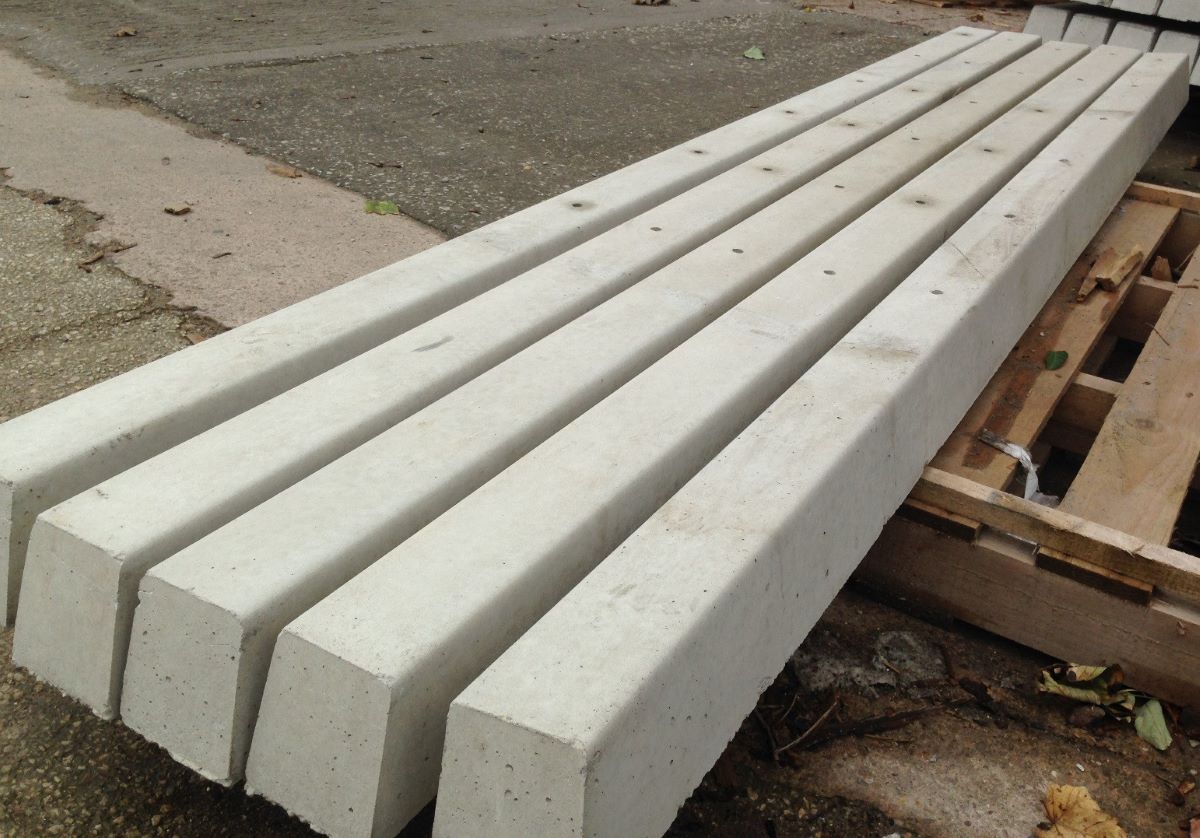
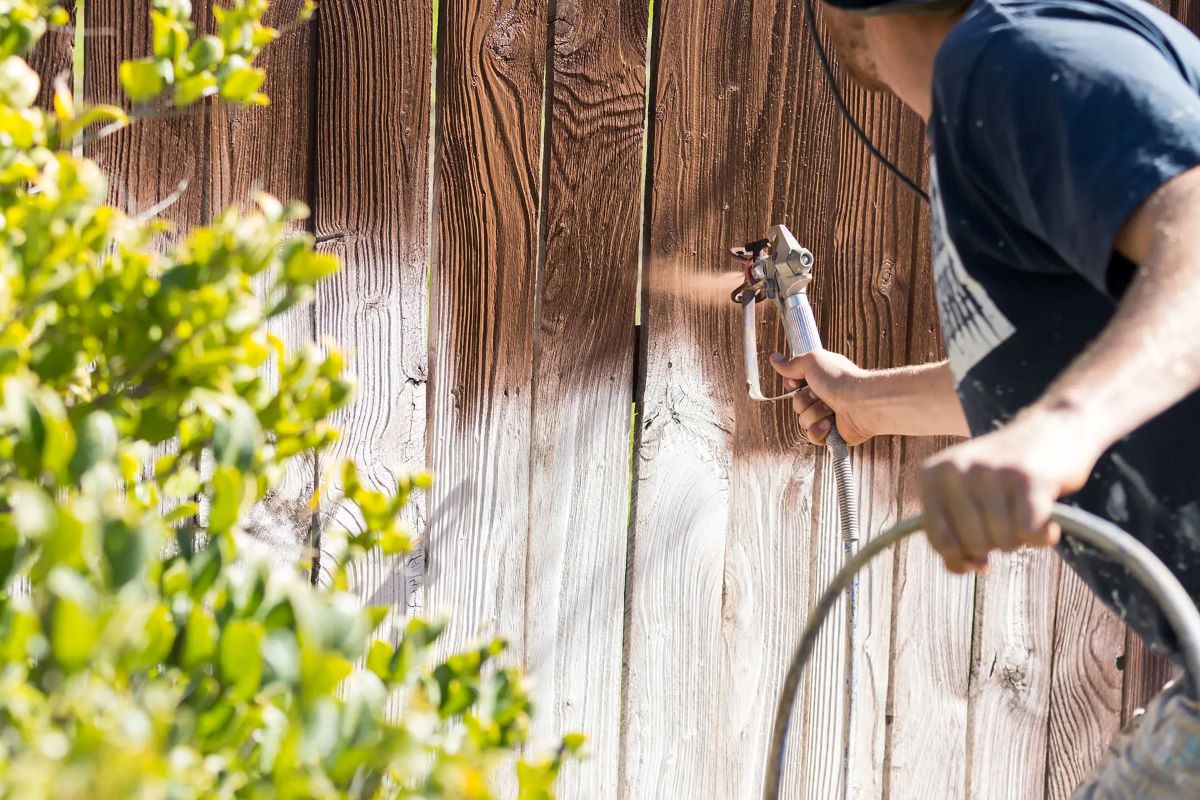
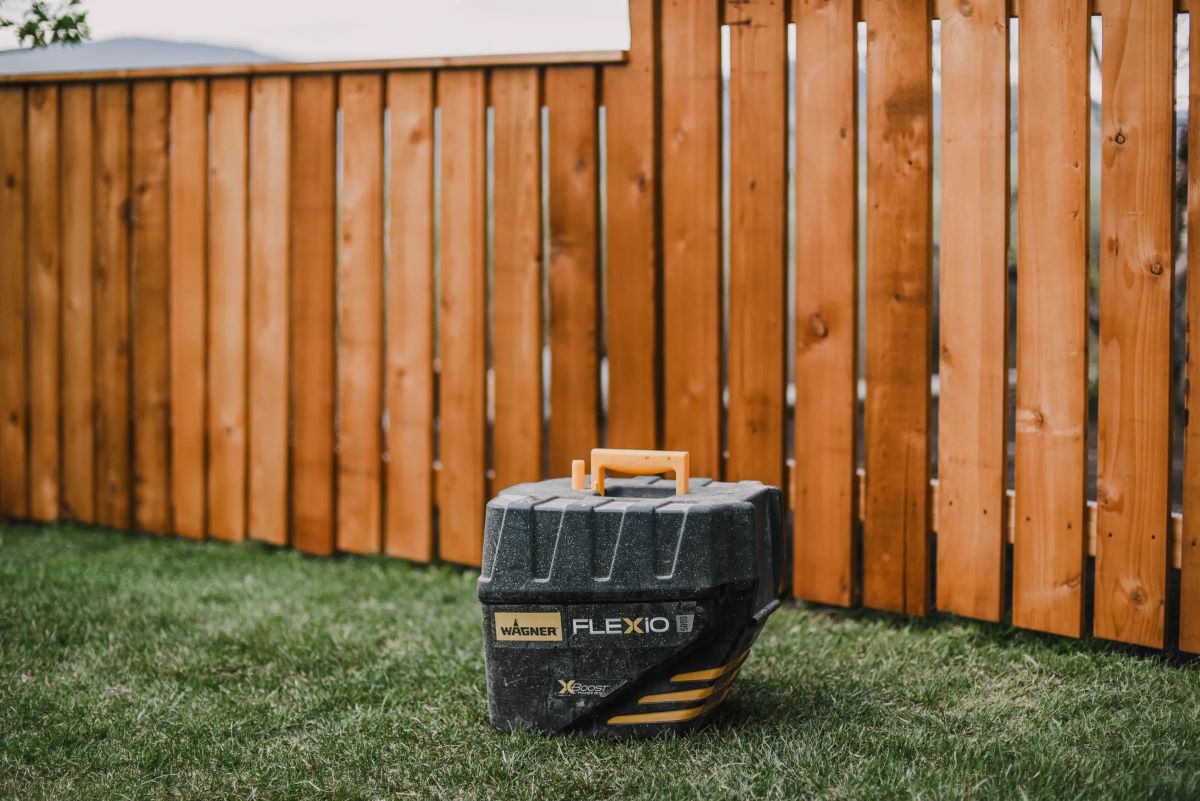
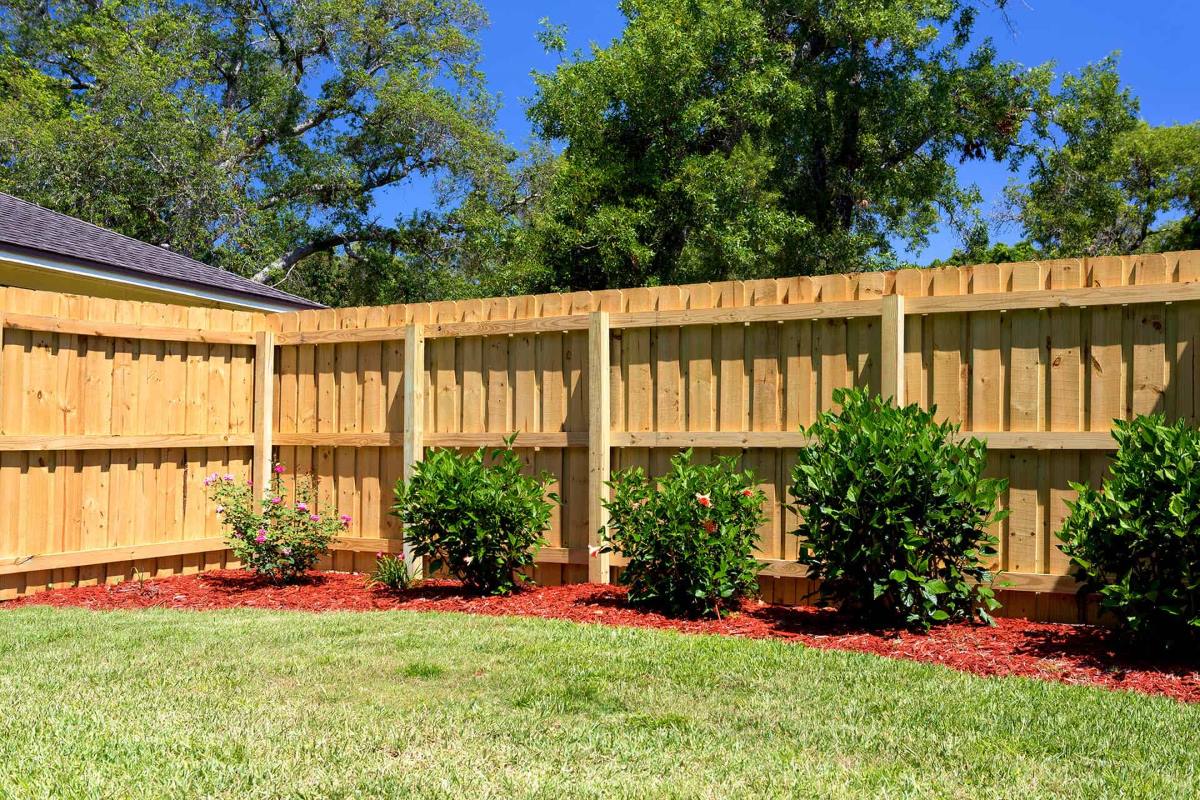
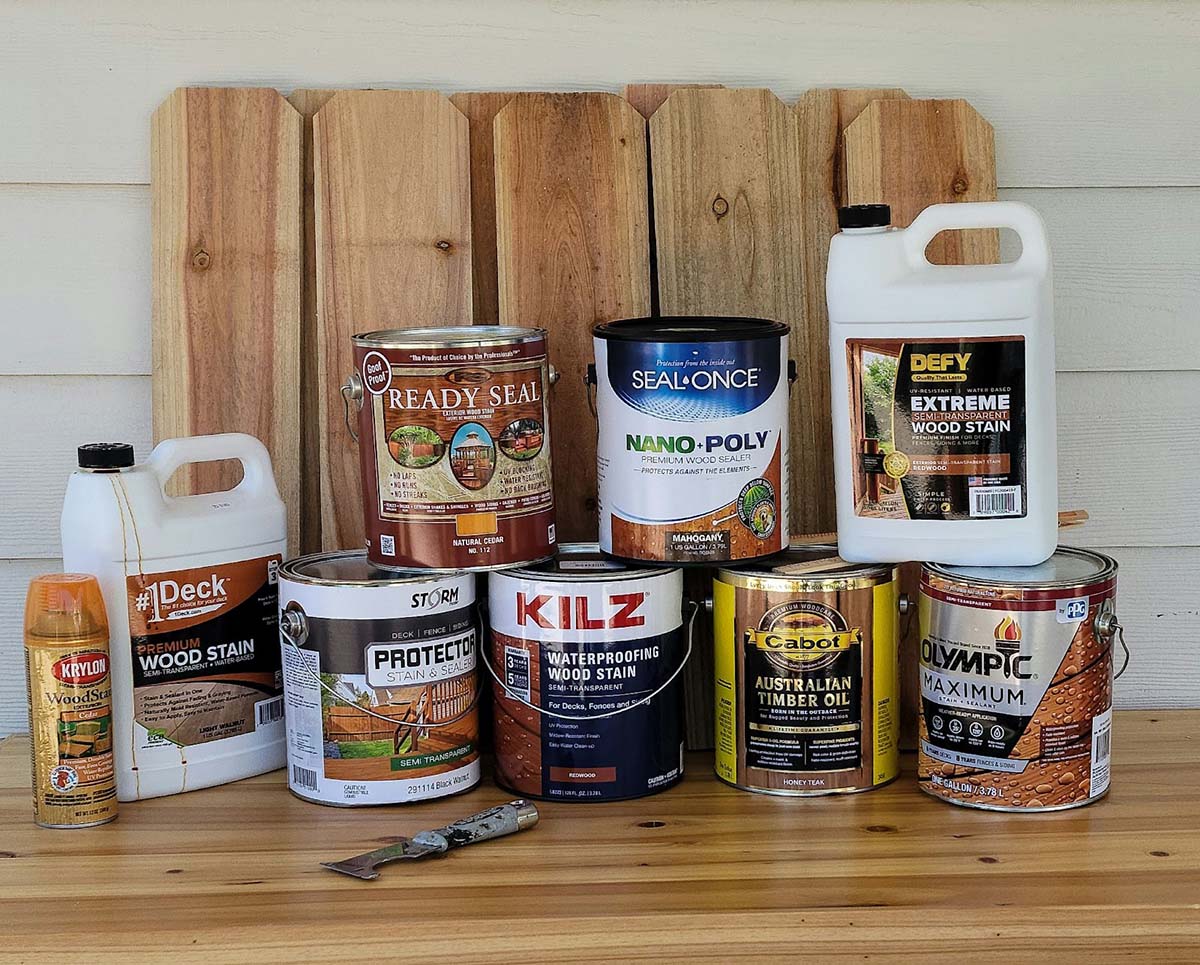
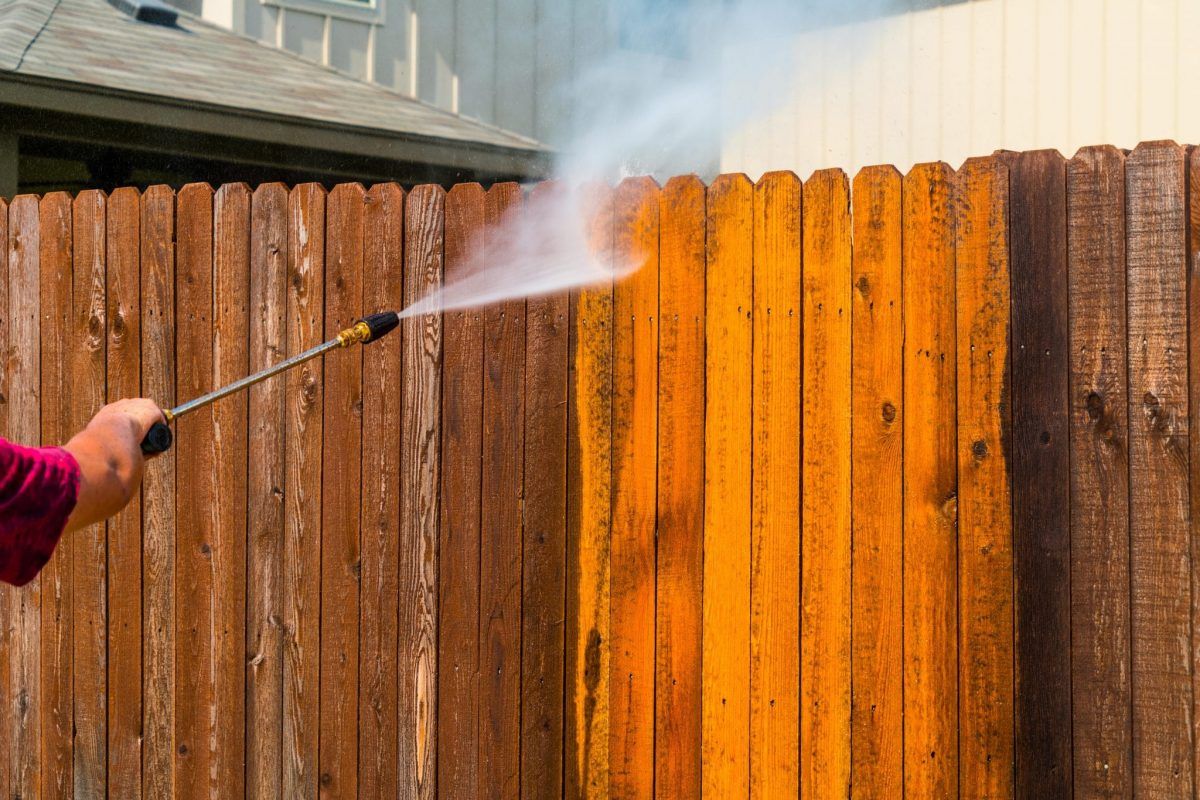
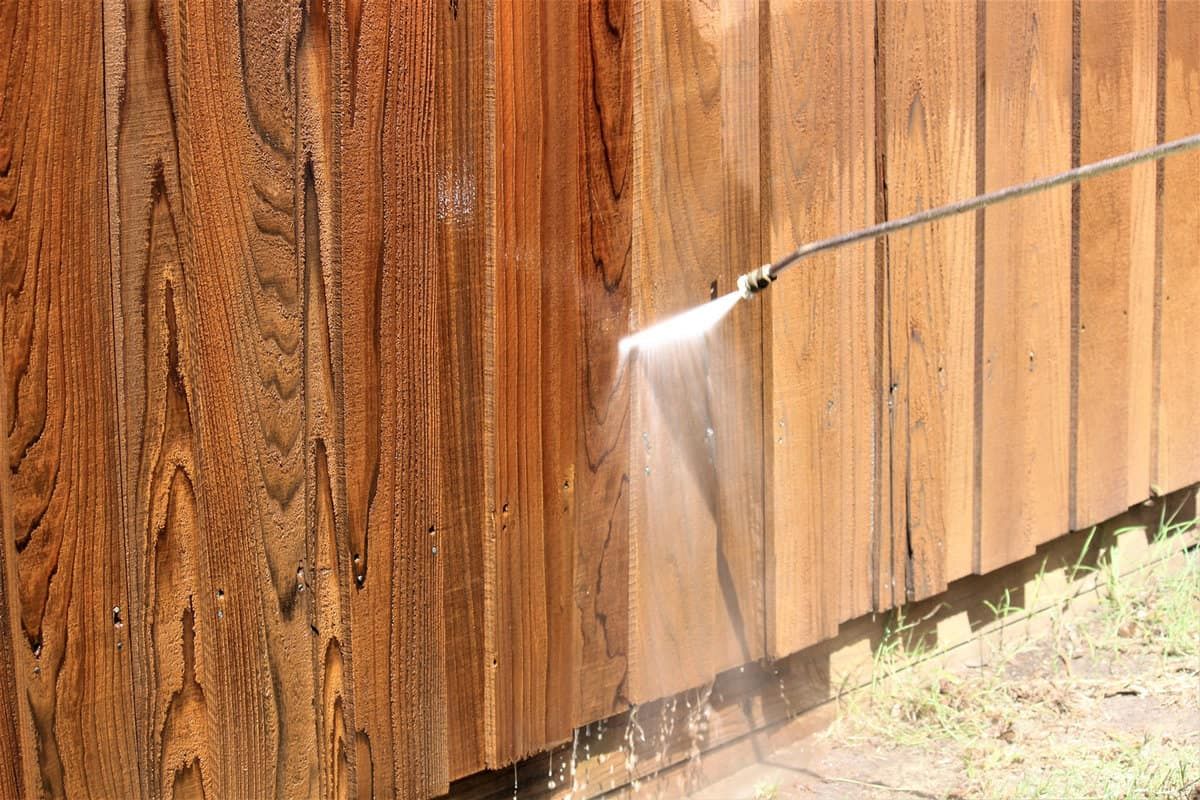
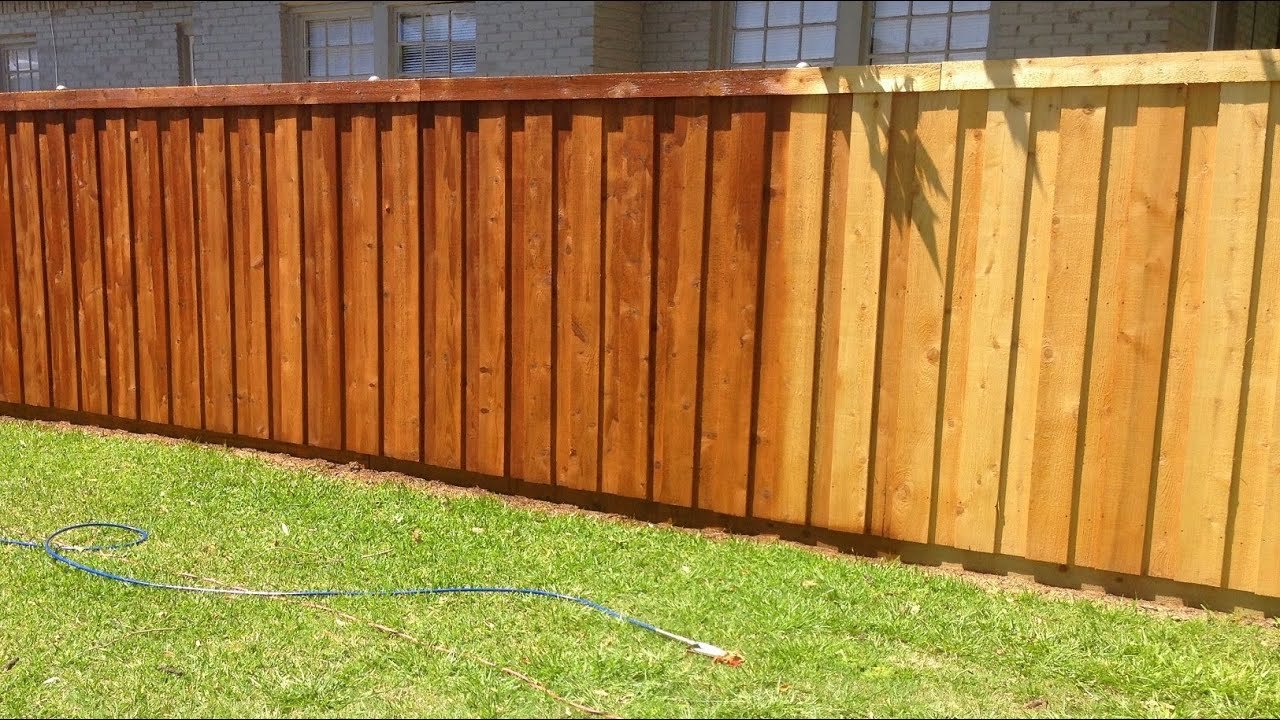

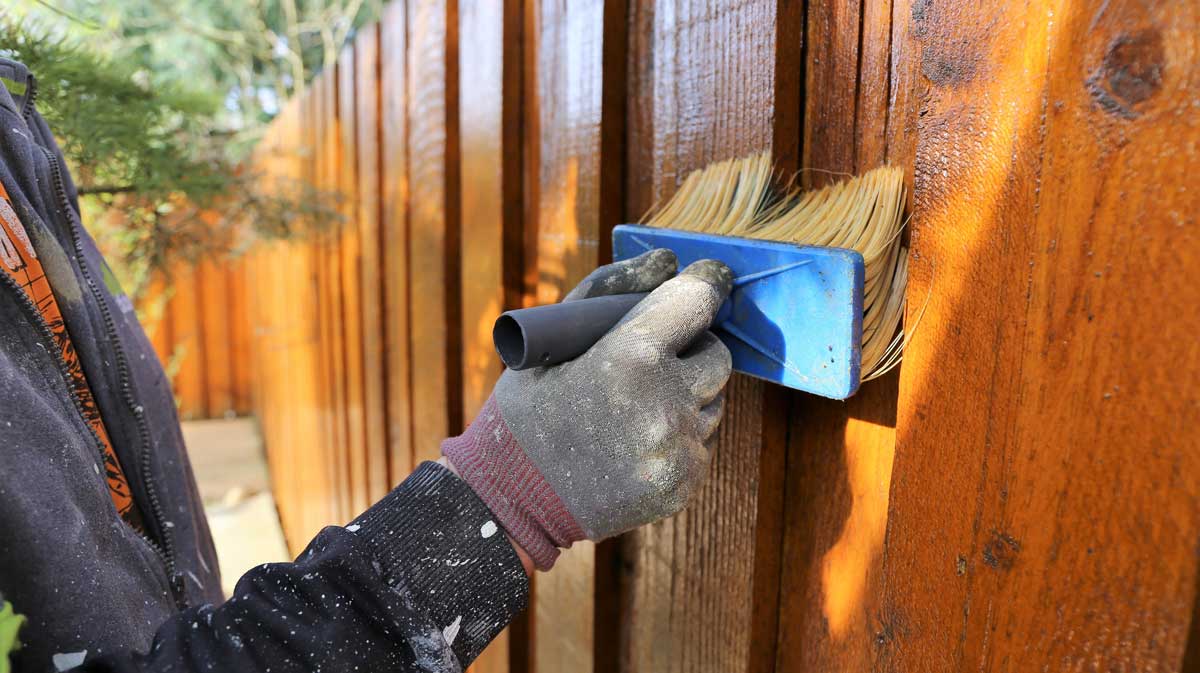
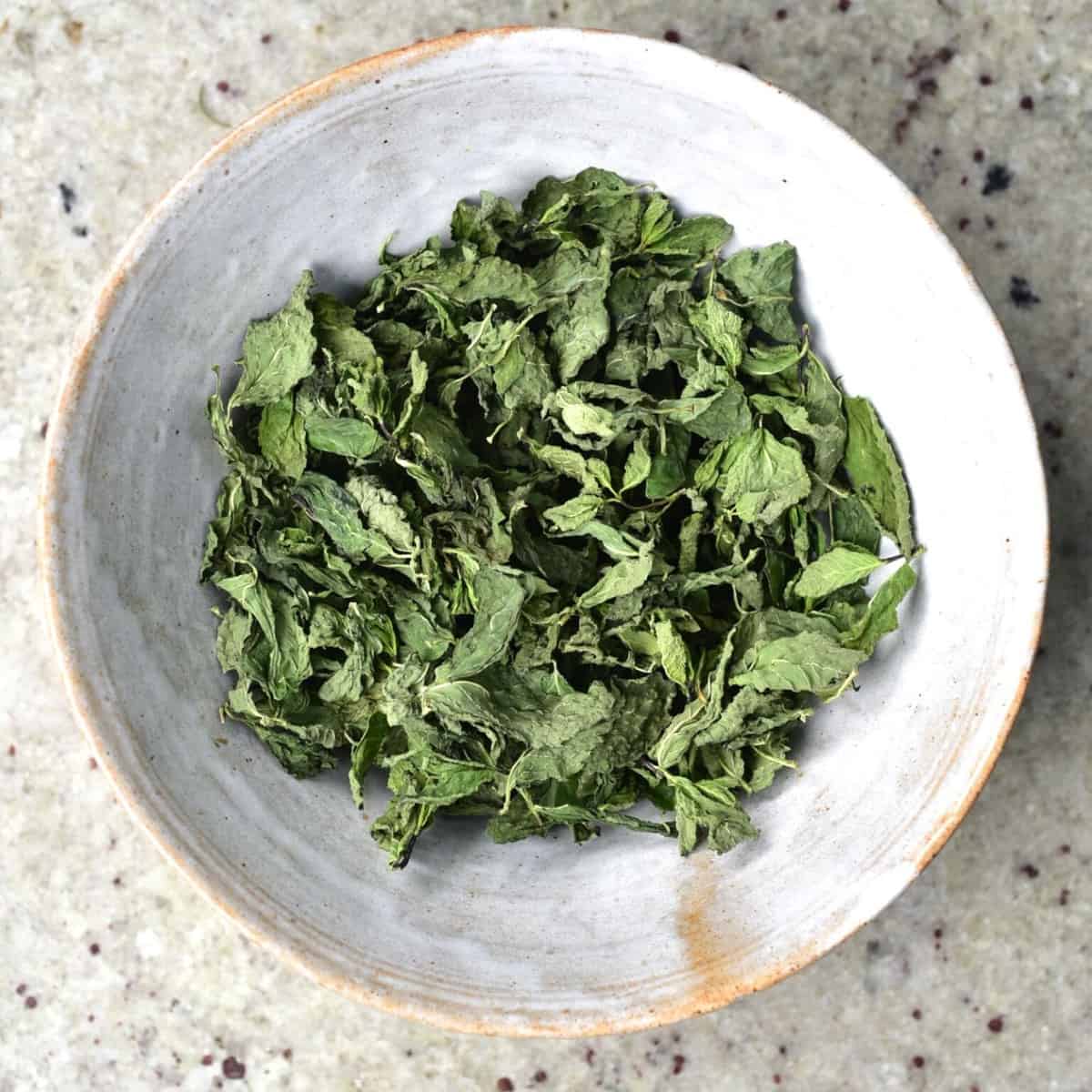
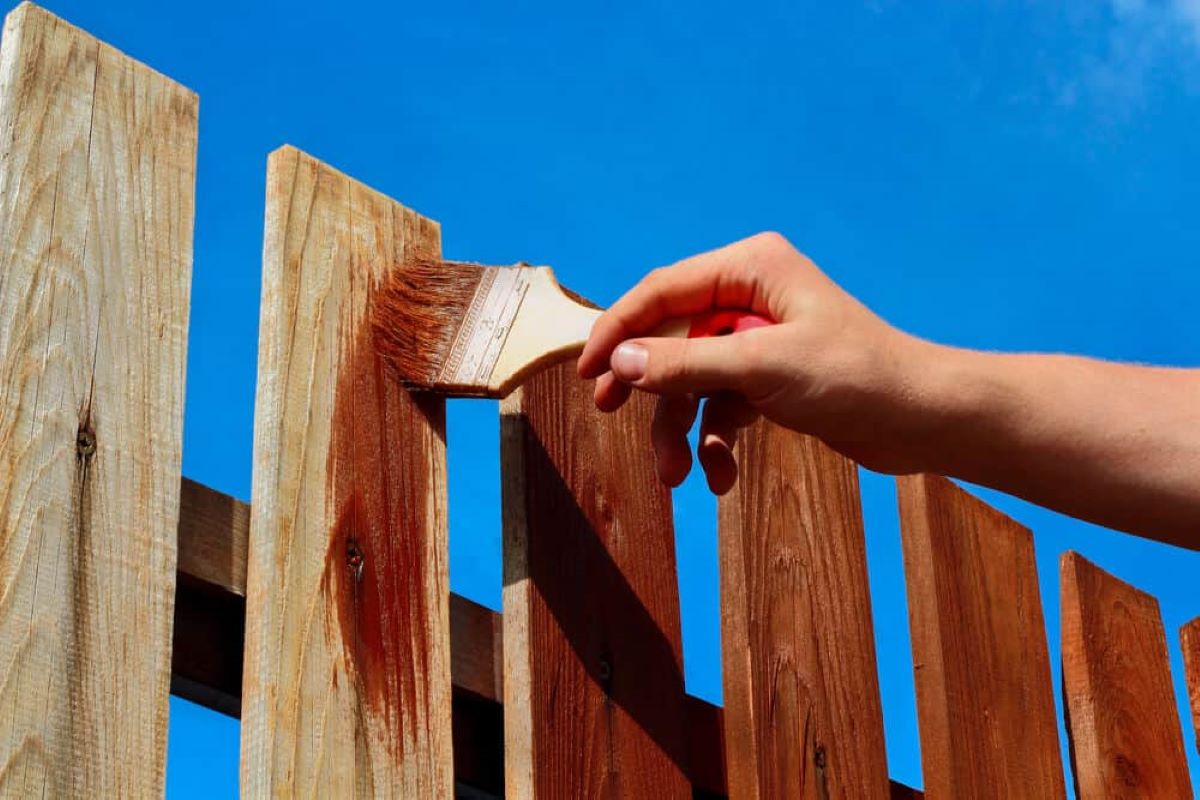
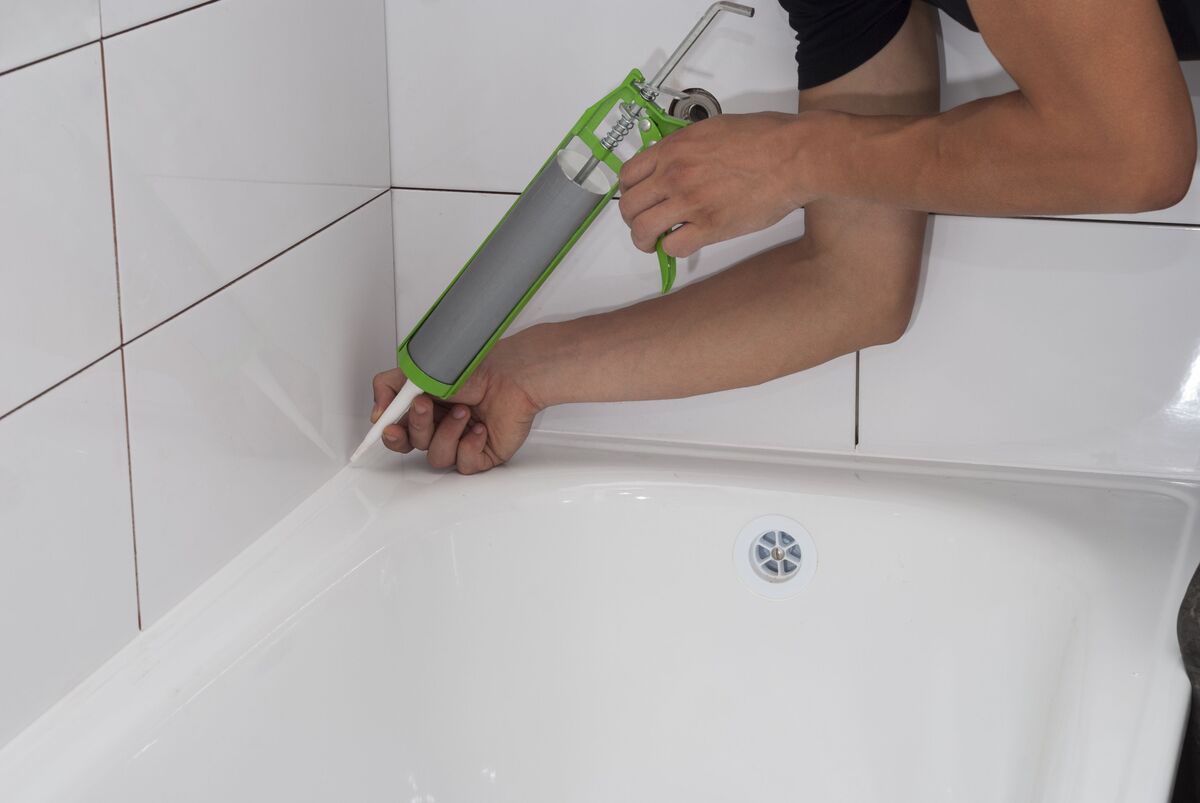


0 thoughts on “How Long For Fence Stain To Dry”